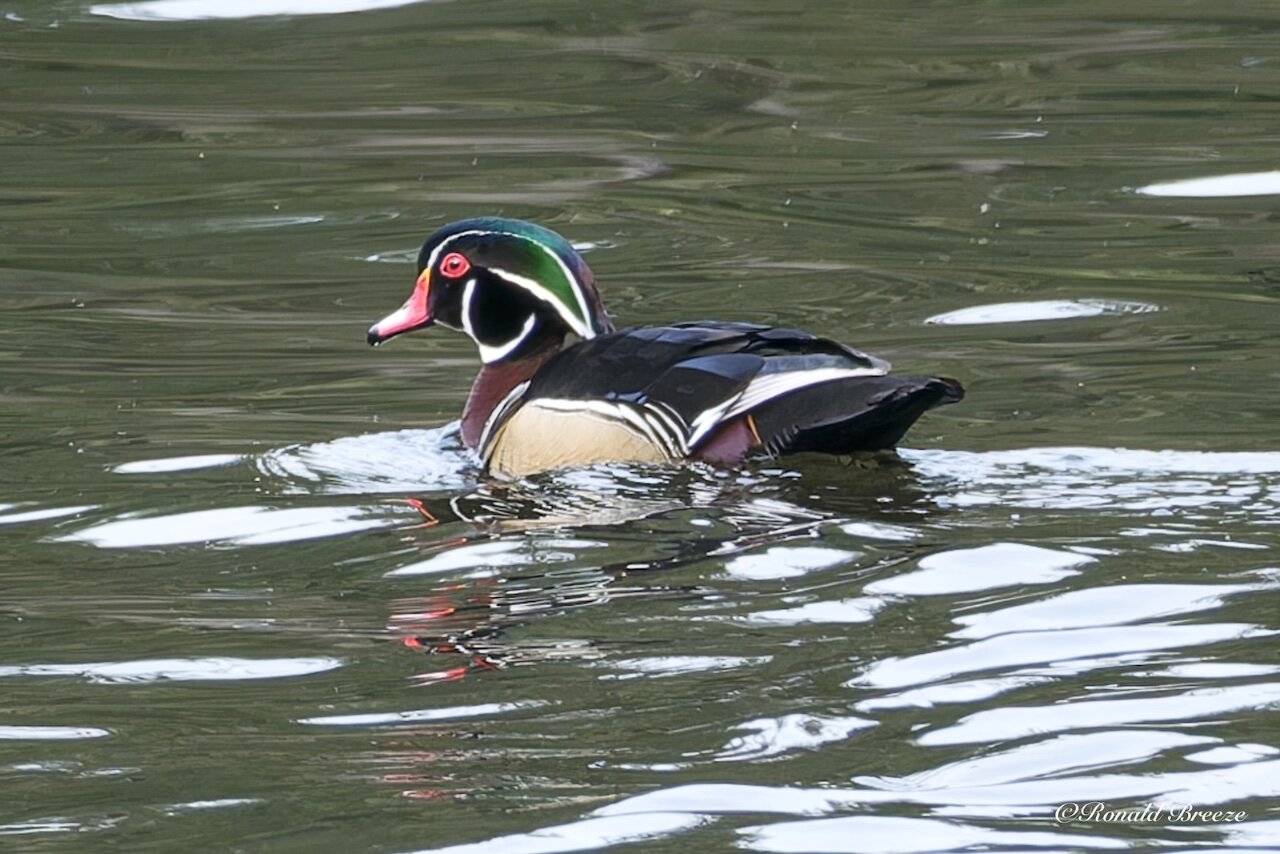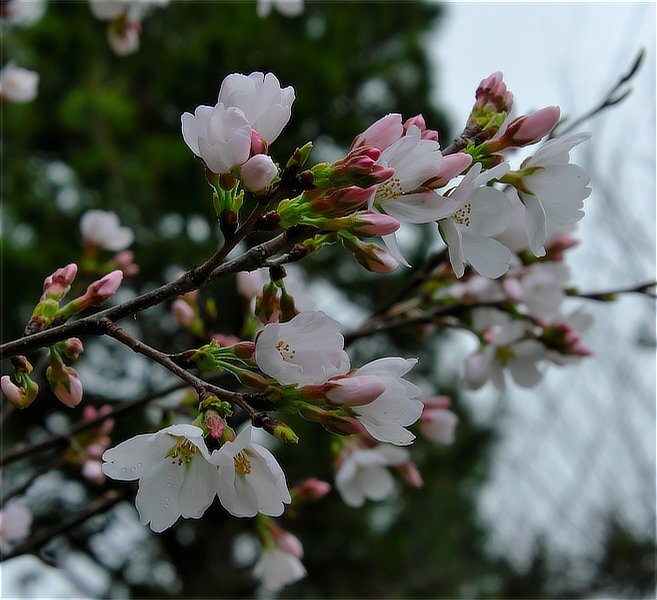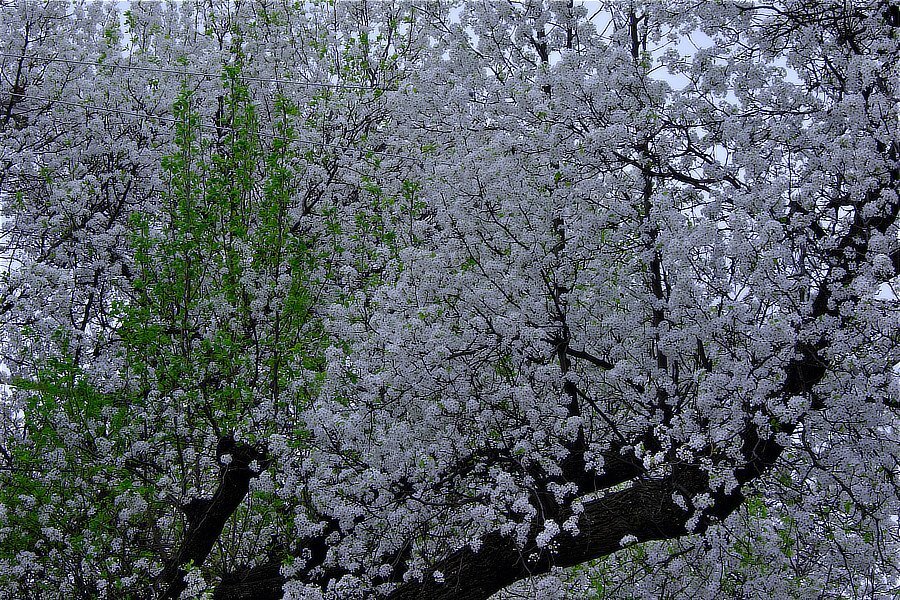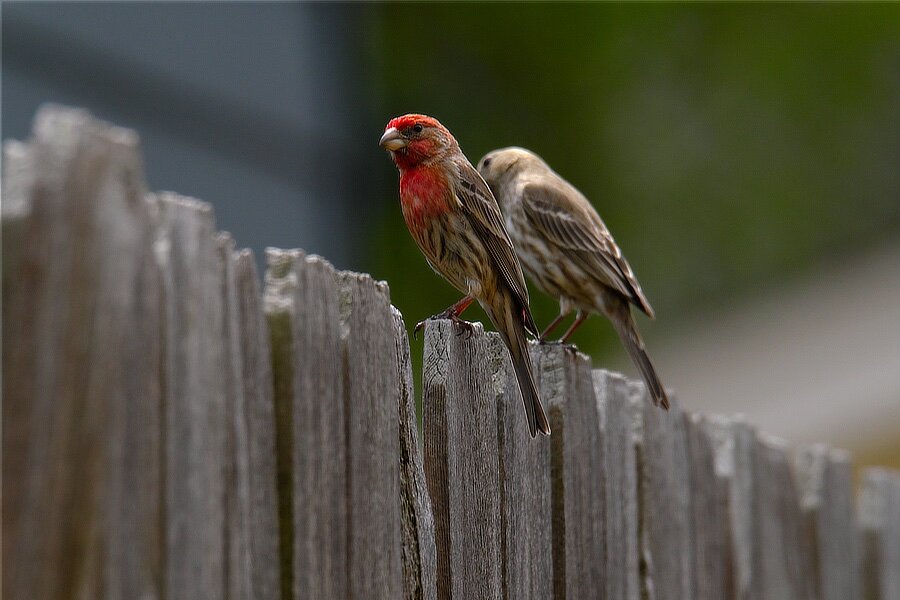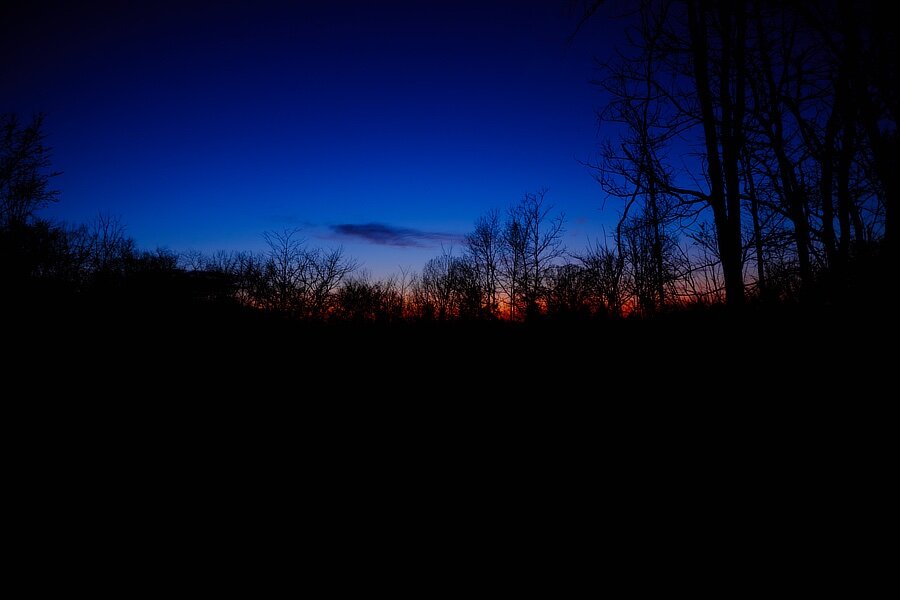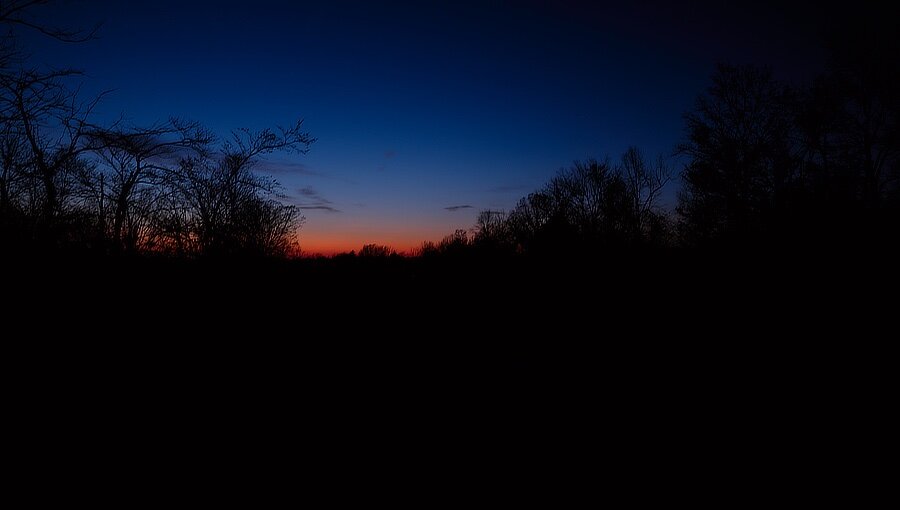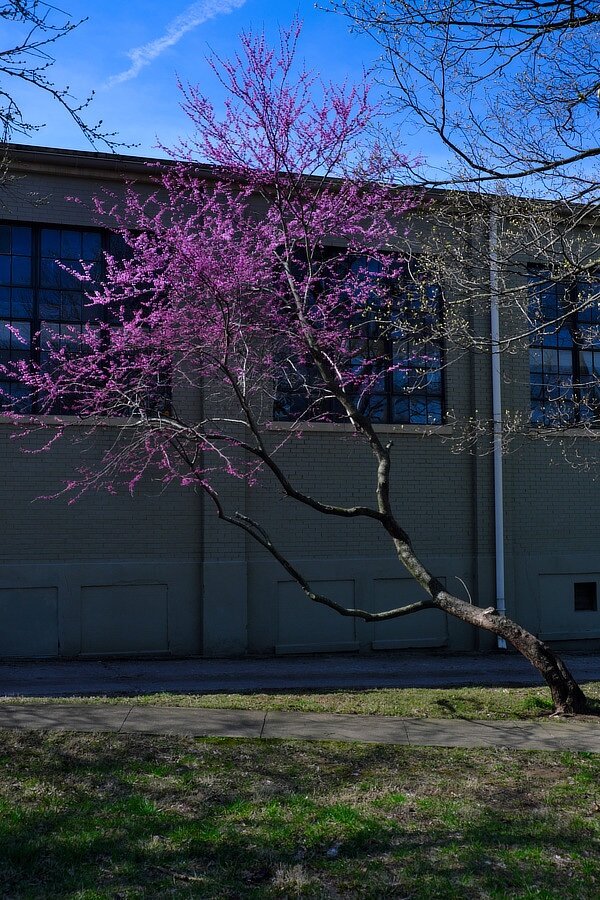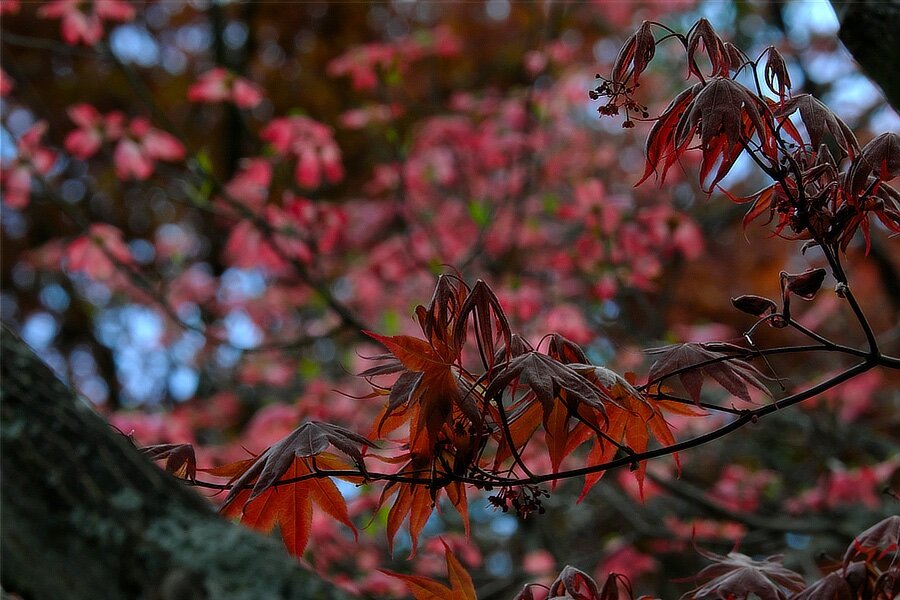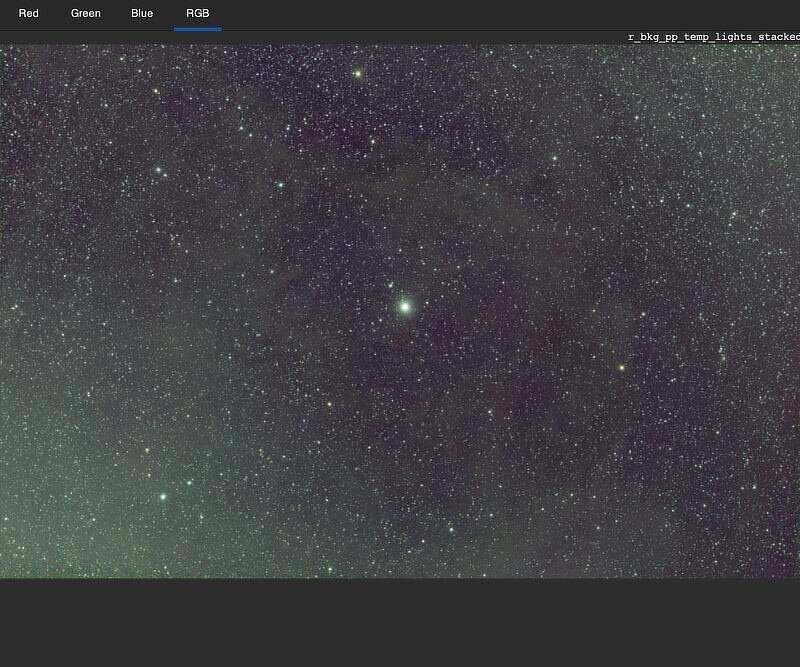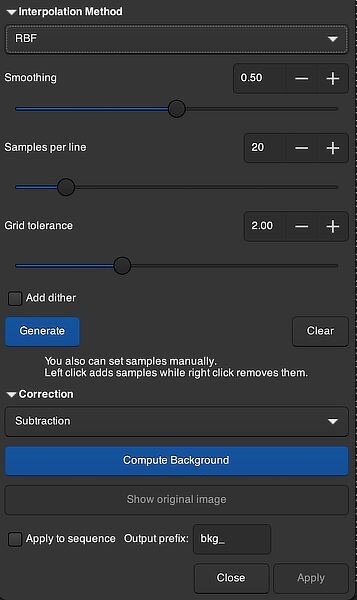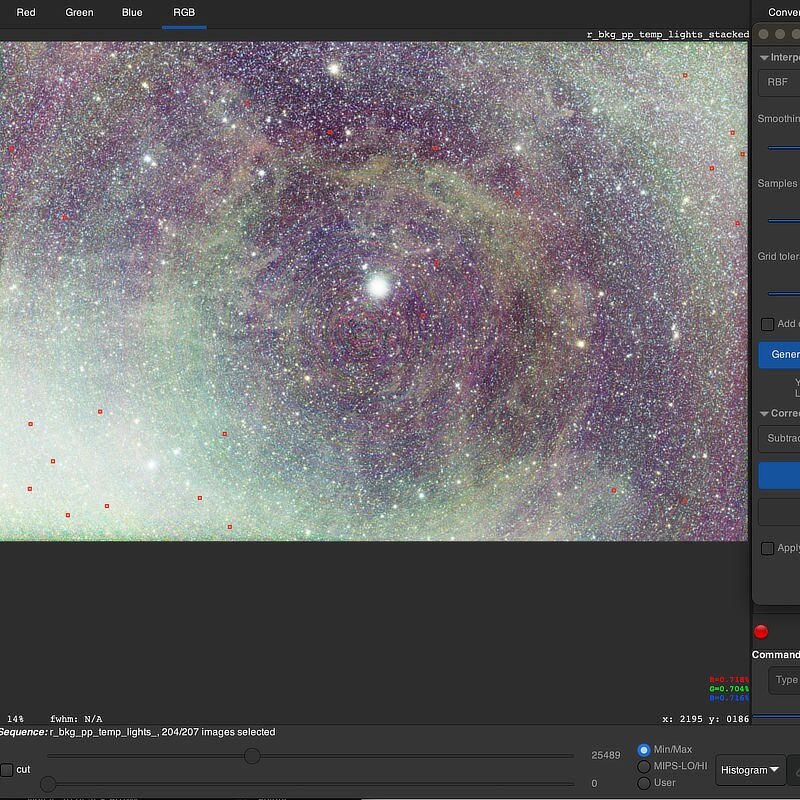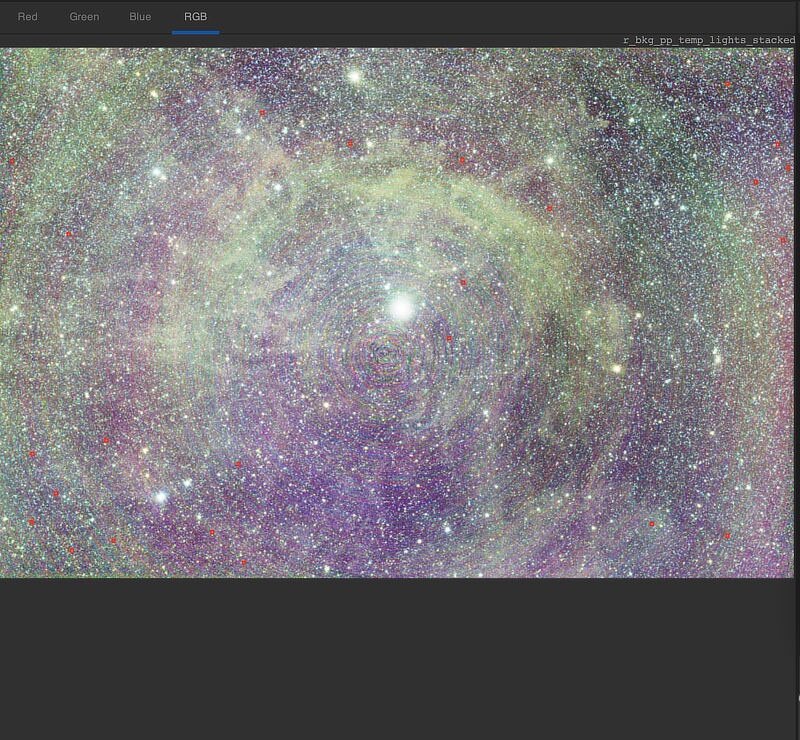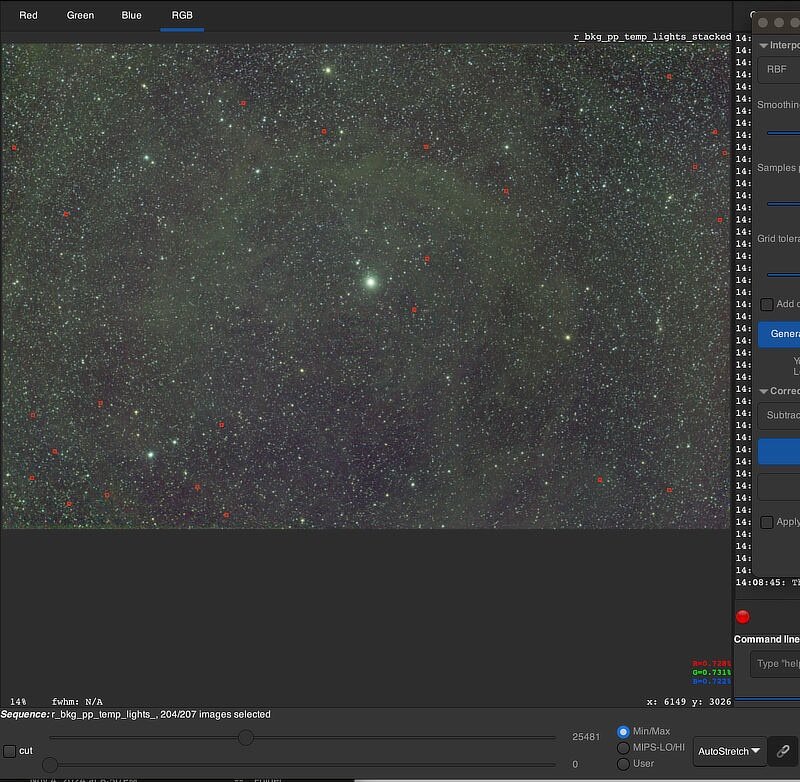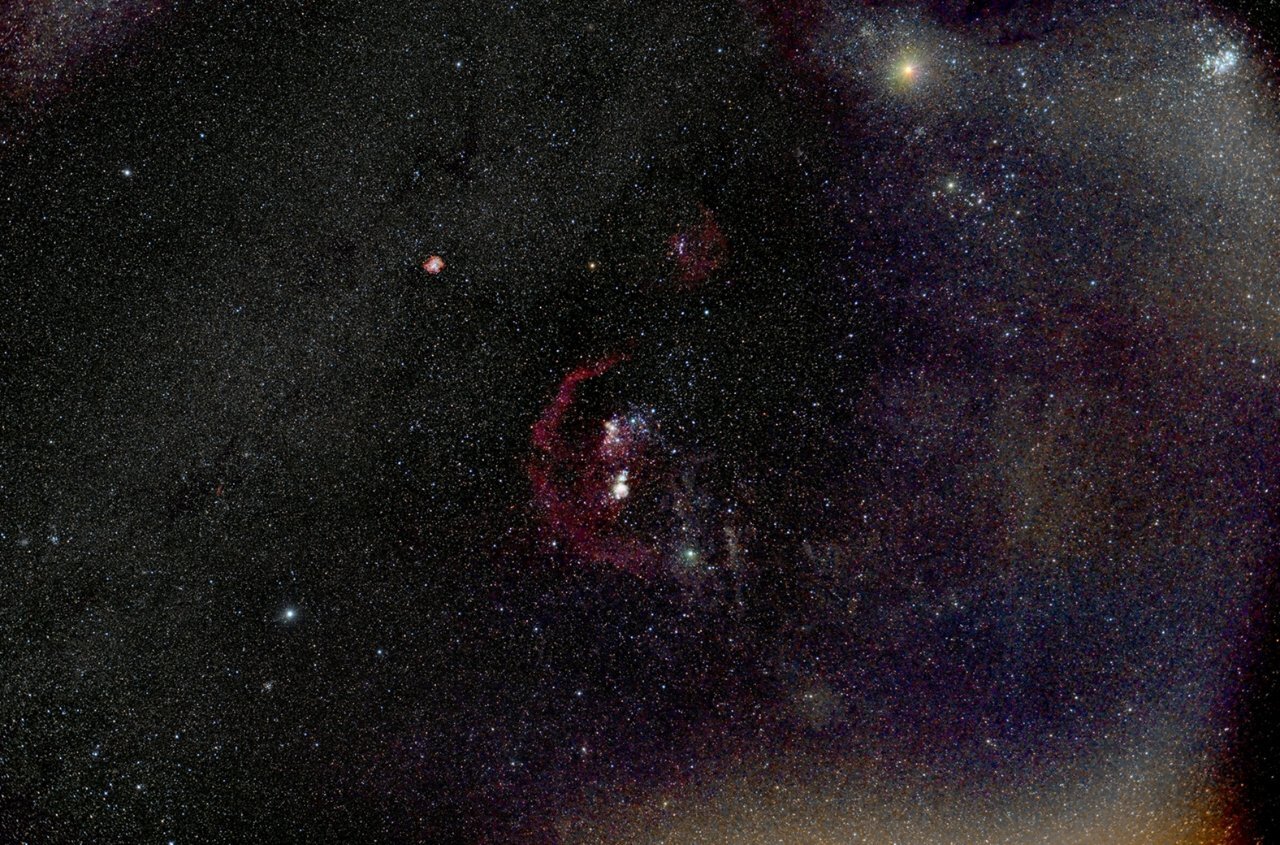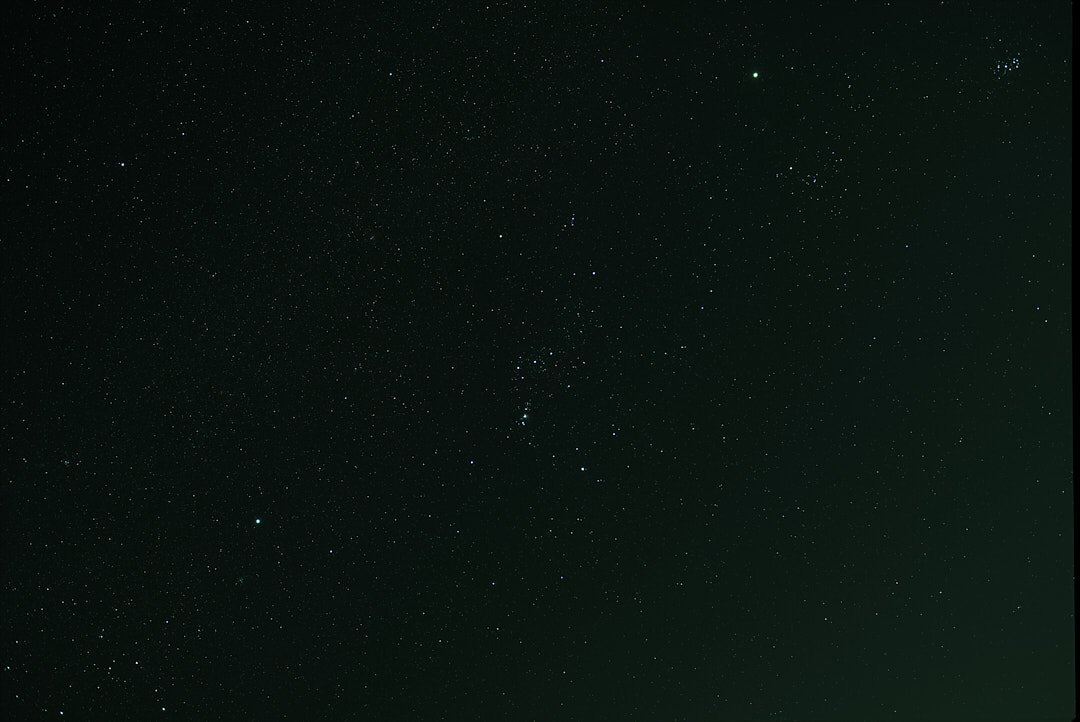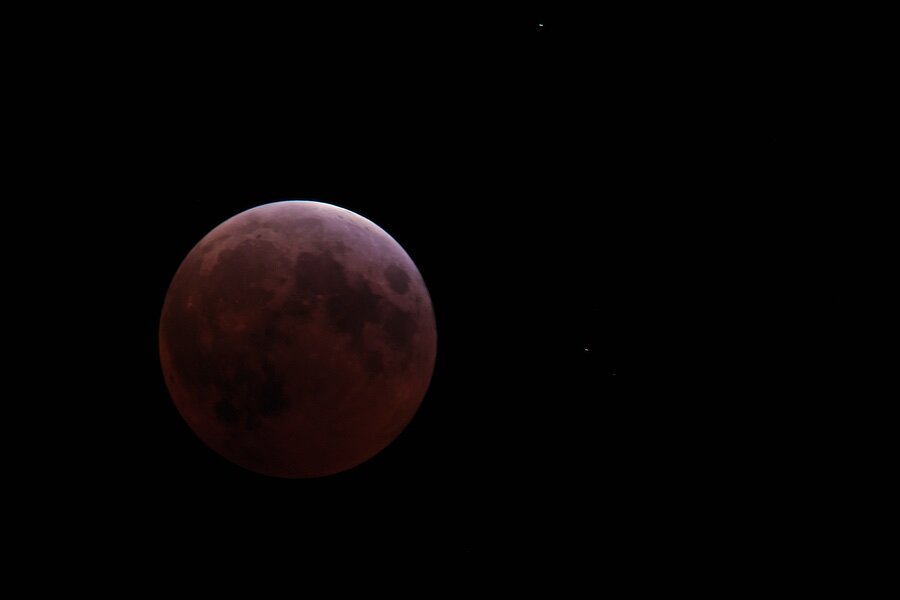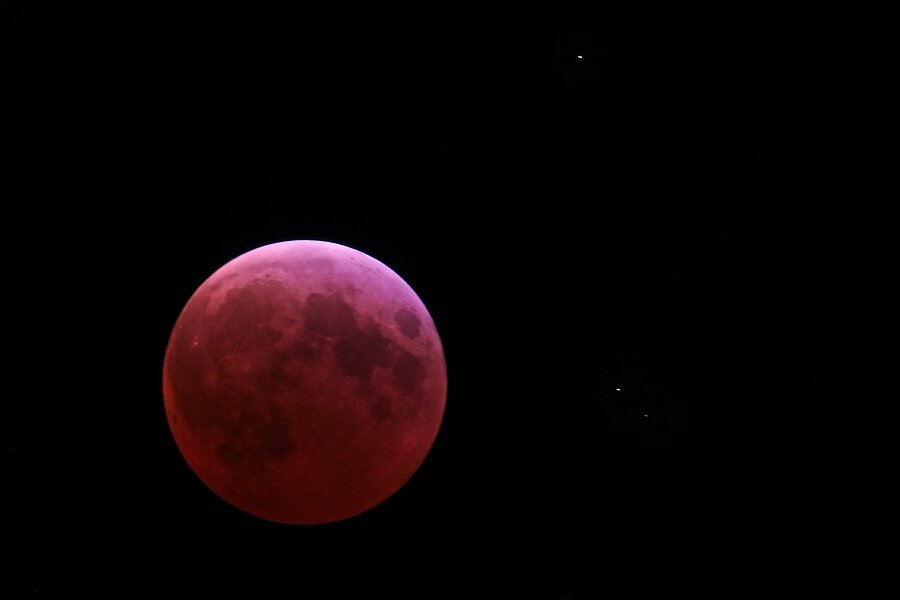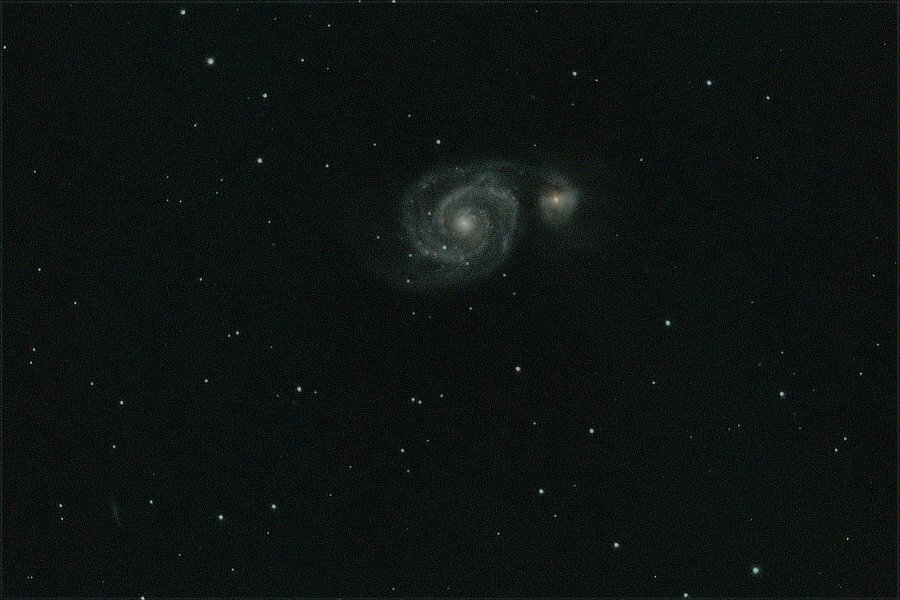Leaderboard
Popular Content
Showing content with the highest reputation since 03/26/2025 in all areas
-
Fuji Birds
MARRIEDGUY9 and 2 others reacted to Love OspreysinCA for a topic
3 points -
Turin, from the hill
SimonF and one other reacted to Giampaolo Masserano for a gallery image
From the album: Photos
2 points -
Storm
SimonF and one other reacted to Giampaolo Masserano for a gallery image
From the album: Photos
2 points -
Spring
SimonF and one other reacted to Giampaolo Masserano for a gallery image
From the album: Photos
2 points -
The castle - Turin
SimonF and one other reacted to Giampaolo Masserano for a gallery image
From the album: Photos
2 points -
2 points
-
2 points
-
2 points
-
Autofocus Problems on X-Processor 5 Cameras After Firmware U
Olaf W. and one other reacted to Ewelina Czosnek for a topic
Ok, Done, Translated. SOrry2 points -
2 points
-
Fuji Birds
MARRIEDGUY9 and one other reacted to Fujiron for a topic
2 points -
2 points
-
2 points
-
2 points
-
2 points
-
2 points
-
1 point
-
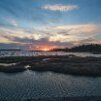
Seascapes
SimonF reacted to MARRIEDGUY9 for a topic
1 point -
1 point
-
aaaaah, the fix was simple. it was connected to the flash settings (a user in a german speaking fuji forum pointed it out). i have to turn off the flash compeltely in the menu. it was set to "M", and since the camera is not able to use the electronic shutter with a flash it never went over 1/4000s. turning the flash off completely makes the M+E setting behave as expected.1 point
-
1 point
-
Hi, if its the manual focus one, there is nothing wrong, I guess, there is no electronic contact between lense and camera so camera cannot know aperture. Shutter speed will adjust according to the aperture you chose if in aperture priority mode.1 point
-
Hello: Does anyone have a download link for the Gfx100rf user manual? I’d like to get a head start on learning this camera while on backorder.1 point
-
Yes it was a very frustrating decision to make. Of course the only benefit is not having spent a huge chunk of money! Good shooting to you.1 point
-
FUJIFILM XF 500mm f/5.6 R LM OIS WR Lens
jerryy reacted to Astigmatism for a topic
I never followed up on this. I did get one. It's pretty amazing. Every shot I've taken with it is sharp, handheld or on a tripod, at least somewhere in the photo. I have experimented with it at home, but I live in woods and don't have very long sight lines; if there are trees in the photo, some will be sharp, but depth of field limits this. Handheld, it's a little hard for me to aim accurately (I'm pretty shaky). Just now it's occurring to me I should have tried Continuous autofocus, but I only tried Single shot. I can't control what point will autofocus as a result. This is all the more true with the 2X extender. On a tripod all of this is perfectly fine. I need to try a better environment, where perhaps handheld will work well. I live near the Conowingo Dam on the Susquehanna River, famous for its bald eagles, which make for great targets. One unusual feature: the lens can be programmed for a focus distance. You get it focused on something and press a button on the lens to set that distance. Then, whenever you want to return to that distance, you press one of the four buttons arranged around the barrel a little behind the front of the lens. I haven't done much with it. Attached is a photo of a little monster figurine, 5" tall. Picture was taken with the 2X from 104 feet away with tripod. ISO 6400, f/11, 1/2000 s. I had to shrink the file size to upload; there's better detail in the photo I actually got.1 point -
To follow up on that: https://www.macrumors.com/how-to/batch-convert-images-to-different-formats-using-macos-preview/ You may like the results imagemagick gives, here are some helpers: https://imagemagick.org/script/convert.php https://stackoverflow.com/questions/30414346/batch-command-for-imagemagick-to-convert-all-files-in-a-directory-and-sub-direct p.s. That raw file format is looking pretty good about now, eh? 😀😀1 point
-
Astro-photography (open thread)
MARRIEDGUY9 reacted to jerryy for a topic
Hopefully the weather will let you get some fun time outdoors for this. You might get several tries: https://starwalk.space/en/news/upcoming-comets1 point -

Astro-photography (open thread)
jerryy reacted to MARRIEDGUY9 for a topic
Thanks again for this!!!!.......I will try to reprocess using these tips...............it's been super crappy here lately in DE, either cloudy/rainy or windy. I was hoping to get out before the end of the month and try to snap a photograph of the comet, I read an article that says it's visible low in the Eastern sky before sunrise, perfect for Bethany beach, we'll see how it goes.1 point -
1 point
-
Astro-photography (open thread)
MARRIEDGUY9 reacted to jerryy for a topic
Part Two After stacking, you may find although the light gradient is diminished, there is still a gradient or two or more in your image. As you are tracking the sky object throughout the night, gradient sources can change, sources may wander in and out of your region of interest or your lens' field of view. After stacking, you can try extracting the background, again using a degree one polynomial or a higher degree polynomial to diminish more complicated gradient patterns. You may have to split the sequence into parts and work on the diminishing the gradient in the parts, putting the sequence back together and then move onto registering and stacking things. Gradients are ... hmm, not nice. (Oh yes, you can get them from bright stars as well, Alnitak is very famous and gives its regards.) But there is a tool you can try before resorting to such measures. Right after stacking, with the view mode in AutoStretch: Open up the Image Processing menu and select Background Extraction... but this time choose the RBF method: Change the View Mode to Histogram and just as in Part One, place some dots where the background should be 'dark". Once you think you have enough dots (a few still goes a long way) click on the Compute Background and take a look: If the image looks okay, click on the Apply button, close the BG extraction window and you are ready to continue on with your regularly scheduled editing and processing. There are plenty of tutorials out there more thoroughly discussing finer points of using these tools, but those are waaaaaay beyond this jumpstart guide, hopefully this is enough to be able to get you going 😀. This is the end of Part Two. Uh, some notes: Save your work and save often! Stuff Happens, Murphy was an optimist. Also, you may have observed there a lot of large-sized intermediate files with the .fit extension littering your folders. The only one you really need, after the project is finished, is the stacked image, its file name should end something like ... _stacked.fit, the other files are intermediate development files and you can toss them. You may want to keep the .raf files in case you want to go back later and try something different.1 point -
Both my X-T5 and X100V display the calculated iso when half press the shutter. Did you happen to change the shutter AE to off in the button/dial settings? I think if that is off the iso continues to show max iso when shutter half pressed.1 point
-
1 point
-

Astro-photography (open thread)
jerryy reacted to MARRIEDGUY9 for a topic
1 point -
Astro-photography (open thread)
MARRIEDGUY9 reacted to jerryy for a topic
Hmmm, there are some things you might try. Assuming you are using .raf frames, jpeg or tiff* frames do not work well for astro stuff, open one of the raw sub frames in your favorite raw converter (even Fujifilm’s Raw Converter will work) and push the ev exposure all the way to the right, in the + direction, as far as +3 ev or as far as it sill go. You should see nebula stuff showing up, it may be faint, but if that frame has any, you will see something. Based on the image you posted, there is a pretty good chance you have some of Barnard’s Loop hiding there. You are probably using Windows since DSS does not run on macOS, have you considered using Siril https://siril.org ? It will work with .raf files without needing to convert them. edit: I should also mention ASTAP: https://www.hnsky.org/astap.htm works with .raf files. edit: Affinity Photo, which you have probably heard about more as an image editor, has an entire built in section for astrophotography and has some macros written by James Ritson (one of the developers) that some folks like. Starnet is a free version of Star Exterminator, it works with both PixInsight and Siril or as a standalone app. It has its fans and detractors like any other plugin, but it may give you some help for stretching the starless nebula regions. https://www.starnetastro.com/download/ Welcome to the next, altogether different kind of fun step of astrophotography, processing the images. Very different from the fun of getting the images. * tiff frames that are still linear will work, but tiff frames that come from converting raw frames do not work well because they have had a tone curve (essentially stretching the image) applied to them.1 point -

Astro-photography (open thread)
jerryy reacted to MARRIEDGUY9 for a topic
Hi Jerry.......used Deep Sky Stacker and I was playing around with the photo in Pixinsight, I was pushing and pulling using GHS and I couldn't really see any differences or nebula...........I thought I was going to be able to see something. I haven't tried separating the stars yet, thought about purchasing star exterminator.1 point -
OK I guess I will need to be patient. I did download the manual for the closest spec detachable lens version of 100mp sensor camera but there are quite a few operational differences. I didn’t want to even bother attempting that manual! For this issue, YouTube has started to become my best friend, through repetitious watching of some specific movie files. I appreciate your reply.1 point
-
I didn't notice that on my X-T5. Have you checked the display/viewfinder settings? Maybe something was reset by the update. Check what film simulation/profile is used, check brightness, etc.1 point
-
The number will drop if you delete the images with the highest numbers. Try deleting an image from the middle of the batch on the card. The number won't go down because you still have the image with the highest number on the card.1 point
-
Astro-photography (open thread)
MARRIEDGUY9 reacted to jerryy for a topic
This is pretty good. How did you go about stacking the sub-frames? I think once you recover from the fun you had, and decide to start editing, you will find a lot of detail in this image. More please.1 point -

Astro-photography (open thread)
jerryy reacted to MARRIEDGUY9 for a topic
1 point -

Astro-photography (open thread)
jerryy reacted to MARRIEDGUY9 for a topic
I love it!!! I wanted to photograph it in DE, alas, it was cloudy!1 point -
Overheating issues X-T50
jerryy reacted to Joao Butuem for a topic
Guys, The Brazilian tech service gave me an important info: this model has a setup option in the config menu which allows the camera keep recording in Higher temperatures. As i said, my camera is brand new and was set to STD auto power off temp. Probably it Will keep getting hot, but i believe it Will keep recording since i changed the set up. Of course the information was avaliable in the manual PDF but i did not read it until now. best regards all1 point -
Astro-photography (open thread)
MARRIEDGUY9 reacted to jerryy for a topic
1 point -
Astro-photography (open thread)
MARRIEDGUY9 reacted to jerryy for a topic
1 point -
1 point
-
1 point
-
1 point
-
MiBo, I have two XH2S' and one XH2. I bought the XH2S to be my hybrid go-to camera for photojournalism stills and video. It is a magnificent tool in that role. I use them for sports, video, and projects that need speed (burst and autofocus) and no rolling shutter and not the sophistication of the larger senor on the XH2. The video results are extraordinary on the XH2S. I am shooting a feature-length environmental documentary with my XH2S' and the Fuji MKX cine lenses. I bought the XH2 after the XH2S, and my thinking was that I wanted the larger sensor and the ergonomics to match the XH2S; instead of the XT5. I use it for landscapes, portraits, astrophotography, family travels, and projects that would not expose the serious rolling shutter of the XH2. The XH2 with the 40mp sensor produces fantastic high-resolution images that have a high level of color grading tolerance. My best results are achieved using Photolab 7. Both versions have the CFAST express B slots, which I use as my primary storage media, which provide faster write times, longer buffering when in burst mode, and faster read times when importing into a computer. I was disappointed when I learned the GFX100IIS did not have a CFAST-B slot, IMO it is time for professional-grade cameras to offer CFAST-B slots as the primary standard. With the latest firmware versions, the auto-focus performance has improved on both cameras, and for what I shoot, I can get high hit rates when needed. The biggest drawback to the XH2 is rolling shutter, it does not do well in fast-moving sports environments for stills and video. I don't have much to offer in the way of draw-backs to the XH2S. The raw files produce VERY GOOD images, and if you told me I had to let go of one of my three cameras, it would be the XH2, but hope I am not faced with that situation.1 point
-
Seascapes
MARRIEDGUY9 reacted to Fujiron for a topic
1 point -
Astro-photography (open thread)
MARRIEDGUY9 reacted to jerryy for a topic
A whirlpool in space ... M51 The Whirlpool Galaxy (larger object on the left) and NGC 5195 (smaller object on the right). Located not too far from the Big Dipper -- Ursa Major. This is equivalent to a just over 97 minute exposure. https://www.nasa.gov/feature/goddard/2017/messier-51-the-whirlpool-galaxy https://www.messier-objects.com/messier-51-whirlpool-galaxy/ https://en.wikipedia.org/wiki/Whirlpool_Galaxy1 point













